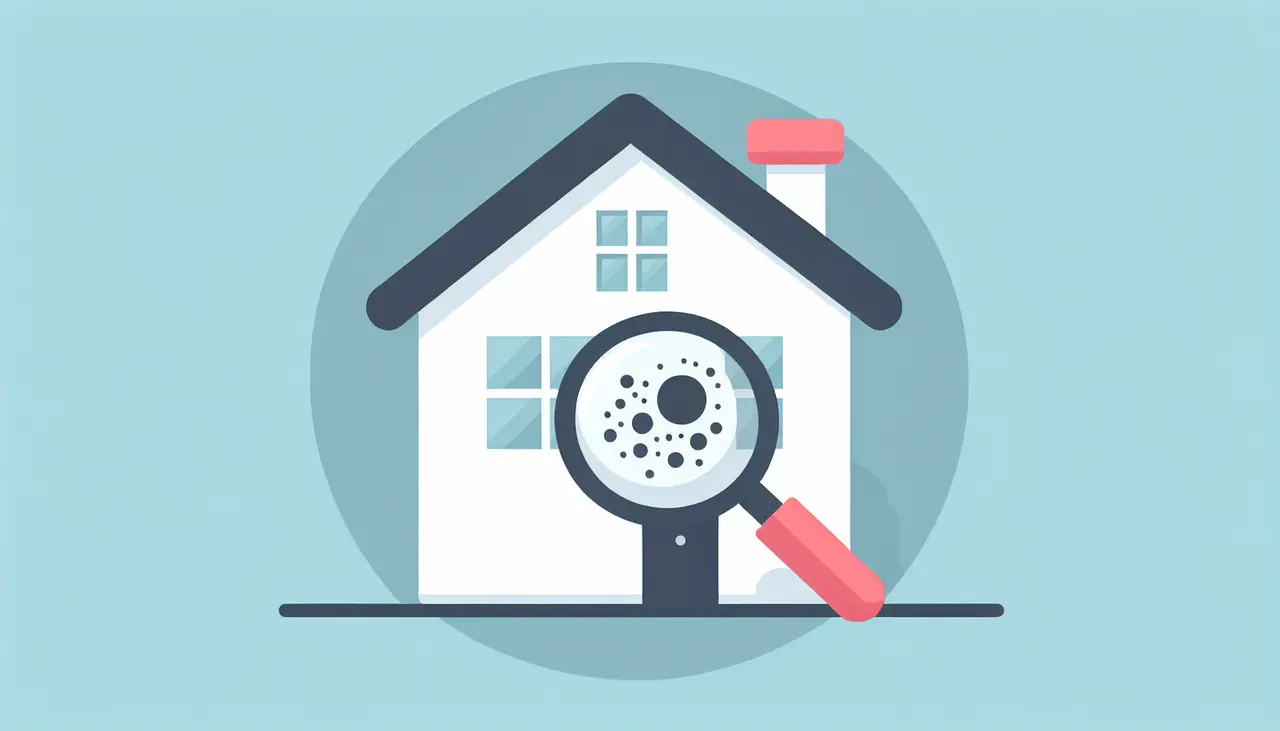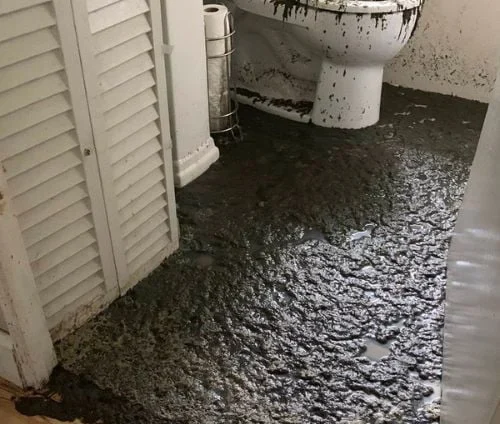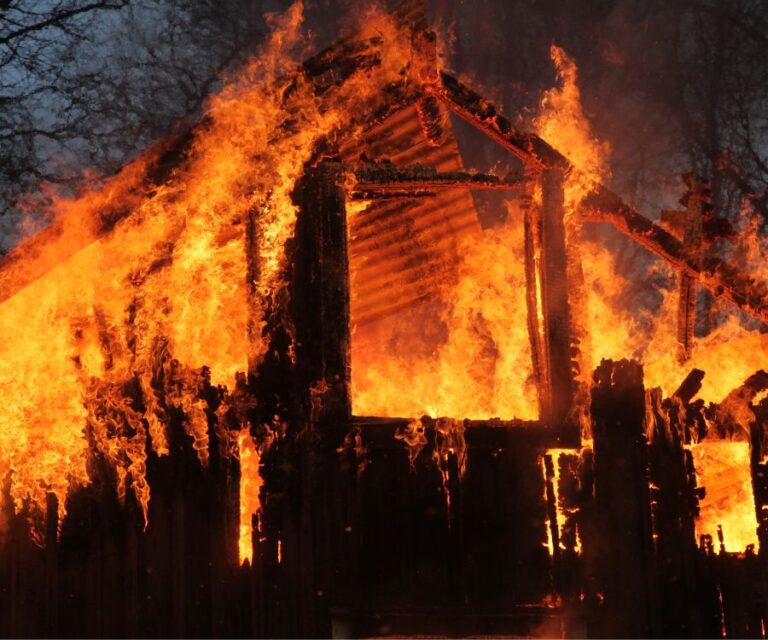Have you ever stumbled upon a questionable patch in your home and wondered, ‘Is this mold?’ Identifying mold can be trickier than most people expect. But fear not! This guide is designed to help you understand what to look out for and how to effectively identify mold. Let’s clear the confusion and make sure your living spaces are safe and healthy.
Identifying Mold: Understanding the Basics
Mold is more than just an unsightly blight on surfaces; it can indicate deeper issues within your home environment, such as moisture problems or leaks. Understanding the basics of mold starts with recognizing that it’s not just about the black or green patches you see but also about the unseen risks it represents. Effective mold identification begins with recognizing common signs and knowing when professional assistance is needed.
A crucial part of identifying mold problems in your home involves understanding the conditions mold thrives in. Mold needs moisture, warmth, and organic material to grow. These conditions are often found in places like basements, bathrooms, and kitchens. If you notice condensation, see visible water damage, or detect a musty odor, these could be signs pointing towards a mold infestation. Regularly inspecting your home for these signs can help catch mold issues early.
Common Signs of Mold in Your Home
Recognizing the early signs of mold can prevent more serious infestations. Watch for visible signs such as discoloration on walls, ceilings, or floors. A persistent musty smell is another red flag indicating the presence of mold. Increased allergy symptoms among household members could also signal mold growth, as mold spores can irritate the respiratory system. Learning these common signs of mold is your first defense against potential mold problems.
Water leaks, whether from a leaking roof, window, or plumbing, can create ideal conditions for mold to flourish. If you’ve recently experienced water damage or notice areas of excessive moisture in your home, it’s crucial to investigate further for mold. Mold isn’t always visible; it can hide behind wallpapers, underneath carpets, or inside HVAC systems. Employing mold testing can uncover hidden mold, ensuring a thorough resolution of the issue.
Differences Between Mold and Mildew
Although often used interchangeably, mold and mildew are distinct. Mold typically appears as fuzzy or slimy textures in shades of black, green, or white and poses greater risks to property and health. Mildew, however, often presents as powdery or fluffy patches, predominantly white or gray, and generally grows on flat surfaces. Distinguishing between the two can help in applying the correct treatment method and in understanding when professional mold remediation is necessary.
When to Consider Professional Mold Testing
While some signs of mold are easy to spot, not all infestations are visible. Professional mold testing and inspection become essential when you detect the musty smell of mold but can’t find the source, or after water damage to ensure mold hasn’t started growing in hidden areas. Professionals use specialized tools for accurate detection, offering peace of mind and a clear plan for mold removal. Engaging experts ensures a comprehensive approach to both identifying and solving mold issues effectively.
DIY Mold Inspection Tips
Conducting your own preliminary mold inspection involves looking for visible signs of mold in common problem areas such as bathrooms, kitchens, and basements. Use your senses; a musty smell often indicates mold presence. For small, visible mold issues, DIY removal can be effective, but always wear protective gear to avoid exposure. However, for widespread or hidden mold, it’s safer to turn to professional mold inspection to ensure a thorough evaluation.
The Risks of Untreated Mold
Ignoring mold in your home can lead to various health issues, particularly for individuals with allergies, asthma, or compromised immune systems. Mold exposure can cause respiratory problems, itchiness, and in severe cases, neurological damage due to mycotoxins in some mold types. Beyond health risks, untreated mold can cause significant damage to your home’s structure and decrease property value. Understanding these risks highlights the importance of addressing mold problems promptly.
Mold Removal Options: DIY vs Professional Services
Deciding between DIY and professional mold removal comes down to the scale and complexity of the infestation. For small, contained areas, DIY solutions like vinegar or bleach can be effective. However, larger infestations or mold resulting from significant water damage require professional remediation to safely and thoroughly eliminate the mold and prevent it from returning. Professional services offer the expertise and equipment necessary to tackle mold remediation comprehensively, addressing both the symptoms and underlying causes of mold growth.
Wrapping Up: Your Mold-Free Home
Mold identification might seem daunting at first, but with the right knowledge and tools, you can become a pro at spotting potential problems in your home. Remember, when in doubt, it’s always best to consult with a professional for mold testing and inspection. Keeping your home mold-free not only ensures the health of your living environment but also protects the well-being of you and your loved ones. Stay vigilant and don’t hesitate to take action! For expert advice and assistance, visit onsitepro.org today.






